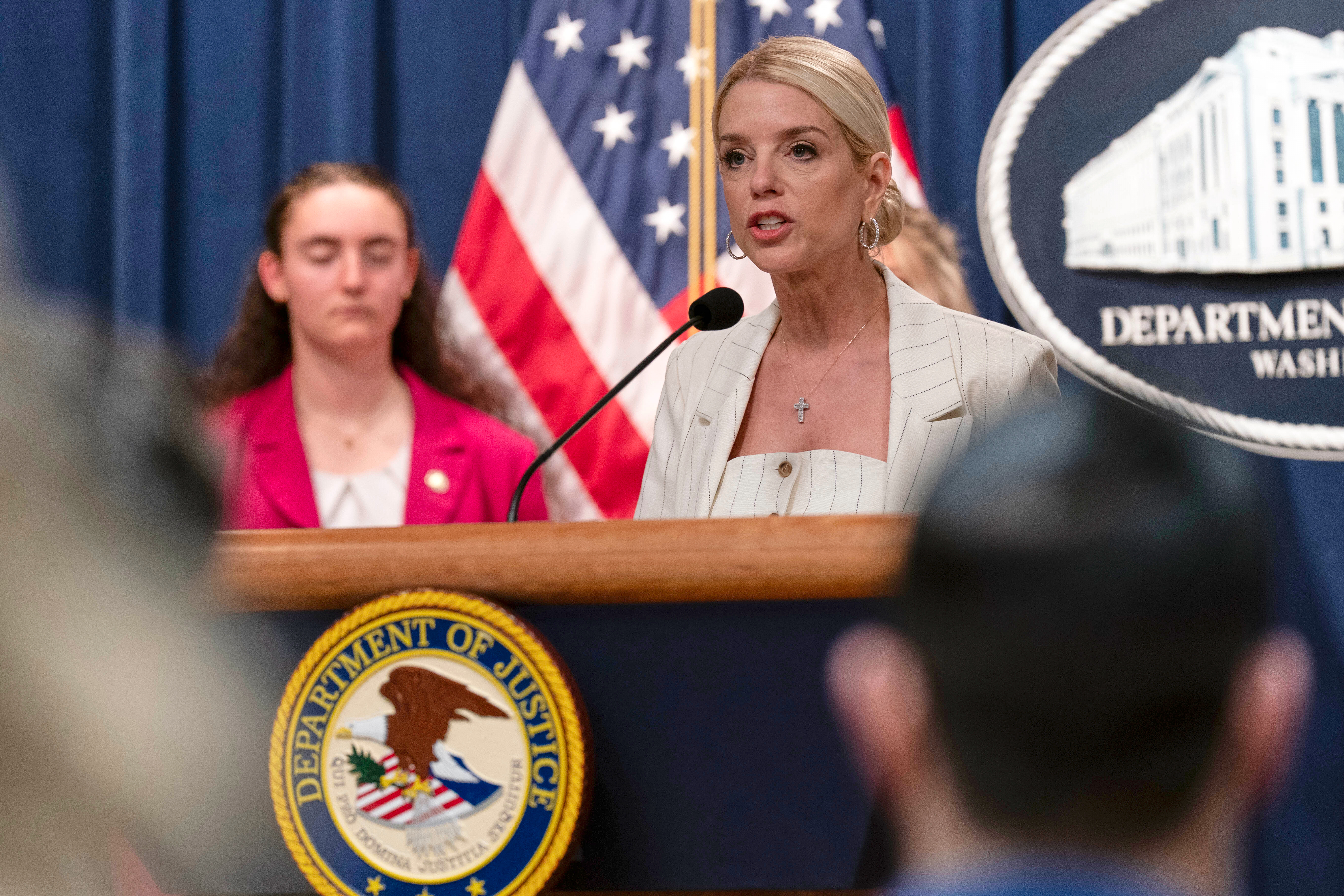From jazz to towering cathedrals to streets packed with people, New Orleans is filled with life in every season. But, from hurricanes to flooding to extreme heat, it's also a city where Mother Nature has really flexed her muscles. And climate change is fueling her strength.
"We've all been impacted by a hurricane. We've all felt how dangerous and oppressive the heat can be," said Austin Feldbaum, hazard mitigation administrator for the City of New Orleans.
In the U.S., New Orleans is one of the most vulnerable cities to the impacts of our warming climate.
Its low elevation and coastal erosion combined with hotter temperatures make the city more susceptible to increased flooding, sea level rise and more frequent and intense storms.
That means life in the Big Easy is expected to get warmer, wetter and more humid.
According to Risk Factor, an online tool that assesses property risk from environmental threats, over 150,000 New Orleans properties have more than a 26% chance of being severely impacted by flooding over the next 30 years. That's 99% of the properties in the city.
Corbie Johnson and Madeline Bachemin of the Upper 9th Ward know that all too well.

Study finds climate change result of human activity, carbon emissions
Keeping global warming well below 3.6 degrees Fahrenheit by the end of the century is a goal of the Paris accord, but some nations are falling behind.
"We can stand on our porch and watch the water rush down this way," Johnson said.
"Since I've been in this particular neighborhood — about 20 years — from each bad storm my house has flooded," Bachemin said.
Feldbaum knows there is room for improvement in the city's neighborhoods. "We've got a long way to go in terms of our built infrastructure," he said. "We've got to make real measurable progress there."
As the climate warms, hotter air holds more moisture and that could mean heavier rain, more flooding and stronger storms for New Orleans.
The extra heat also adds to the city's challenges as an urban heat island. It tops Climate Central's list of 159 U.S. cities with the worst urban heat island effect. The average temperature in the summer is 16 degrees hotter than in rural areas nearby.
"An urban heat island is a phenomenon that happens in cities because cities produce a lot of heat and they also trap a lot of heat because of concrete and other hard surfaces. You know, we remove vegetation and replace it with parking lots," Feldbaum said. "And then, there's air conditioners and boilers and stoves and things that create a lot of heat. So, it can be hotter in a city than in the outlying areas."
As the city traps heat, it increases people's health risk.

Does climate change make you anxious? You're not alone
Extreme temperatures can impact physical health, but the changing climate is also taking a toll on mental health, especially for younger generations.
According to the New Orleans Department of Health, the number of heat-related hospitalizations has risen every year since 2013.
Black residents are 3.59 times more likely to visit the ER and 2.5 times more likely to be admitted to the hospital due to heat-related illness compared to White residents.
"Dealing with extreme weather takes time and energy and resources," Feldbaum continued. "Whether that is straining your household budget or just kind of wearing you out and making you feel like you're drained, because you can't afford to turn on the AC. It's hotter in your house than it is outside so you're losing sleep, so you're less healthy and less productive the next day. These are long-term impacts that affect people's lives — I think ultimately exacerbates the underlying inequalities and social factors."
City government statistics show each year on average, New Orleans experiences 56 days with temperatures above 90 degrees. Climate change may only increase that number. Statesatrisk.org data predicts Louisiana will see one of the country's biggest increases in heat wave days by 2050. In New Orleans, the city's environmental layout makes some people more vulnerable to the heat.

Lawmakers discuss what we can do to combat climate change
Leaders around the world are working to combat climate change. But what can be done here in the U.S.?
"There is sort of a divider," Feldbaum said. "If you go through New Orleans and you find the streets with big mature oak trees along the street, and then, you check what the home values are in that little slice along that avenue vs. the parts of town, the major thruways that don't have a lot of trees — it's a fairly consistent relationship there: The more affluent neighborhoods are greener."
The greener the neighborhood, the cooler it is. And, it can even impact the green in your wallet.
"We are like the third-most energy-burdened community in the nation," Feldbaum said. "So, we're paying the most proportionally of our income for energy costs. So, the heat of course is a major driver of that."
Residents like Johnson are calling on the city to help mitigate the flooding and the heat.
"It has to be everybody. We have to come together," she said. "And until there's education from the city, from the state down, we'll never get anything done. But we're going to keep doing everything we're doing because we have to."
This is Part 1 in a three-part series about confronting climate change. Click here for Part 2. Click here for Part 3.










